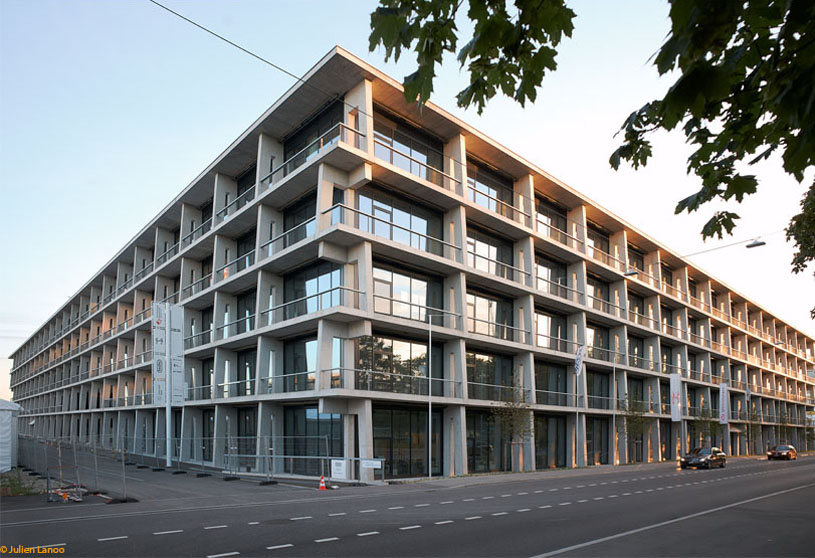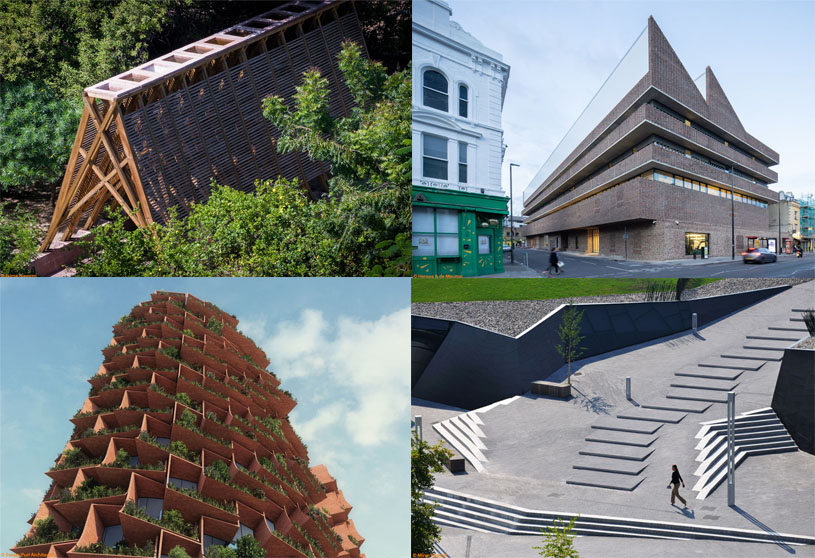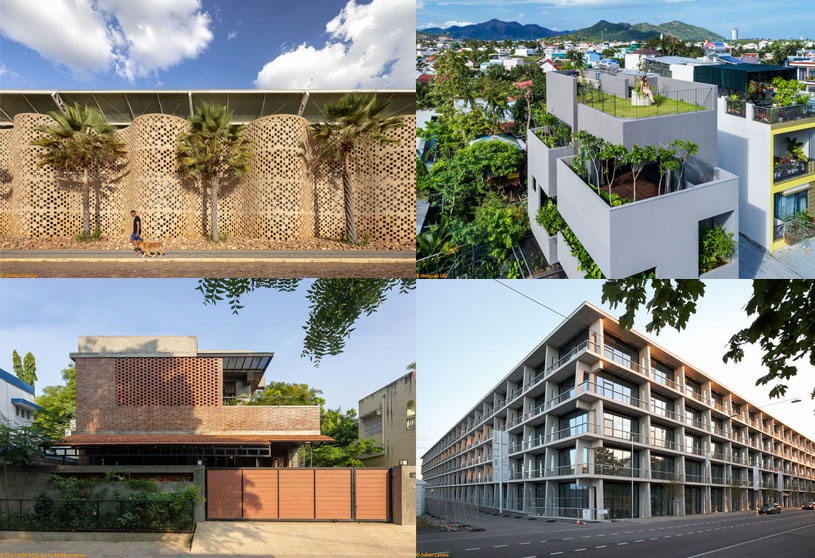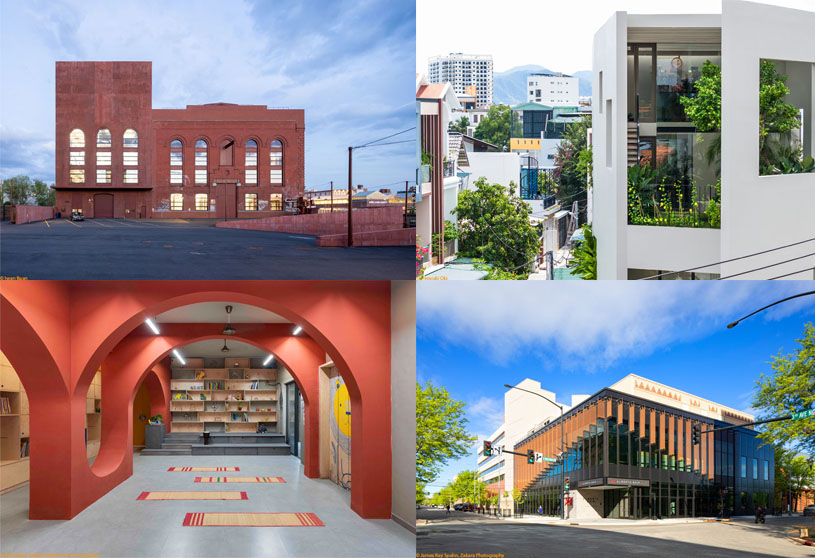(“Text as taken from the website”)
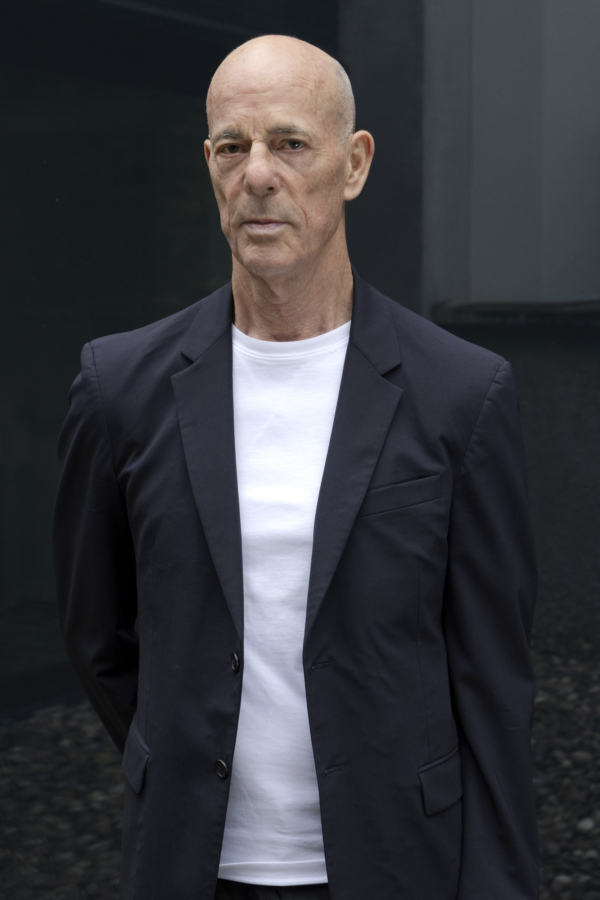 Jacques Herzog
Jacques Herzog
Jacques Herzog studied architecture at the Swiss Federal Institute of Technology Zurich (ETHZ) with Aldo Rossi and Dolf Schnebli from 1970 to 1975. Together with Pierre de Meuron, he established Herzog & de Meuron in Basel in 1978. He has been a visiting professor at Harvard University, USA, since 1989, was a professor at ETH Zürich, and was co-founder of ETH Studio Basel, Contemporary City Institute, from 1999 until 2018. Jacques Herzog and Pierre de Meuron were awarded the Pritzker Architecture Prize (2001), the RIBA Royal Gold Medal (UK, 2007), the Praemium Imperiale (Japan, 2007), and the Mies Crown Hall Americas Prize (USA, 2014). In 2015, they co-founded the charitable foundation “Jacques Herzog und Pierre de Meuron Kabinett, Basel.”
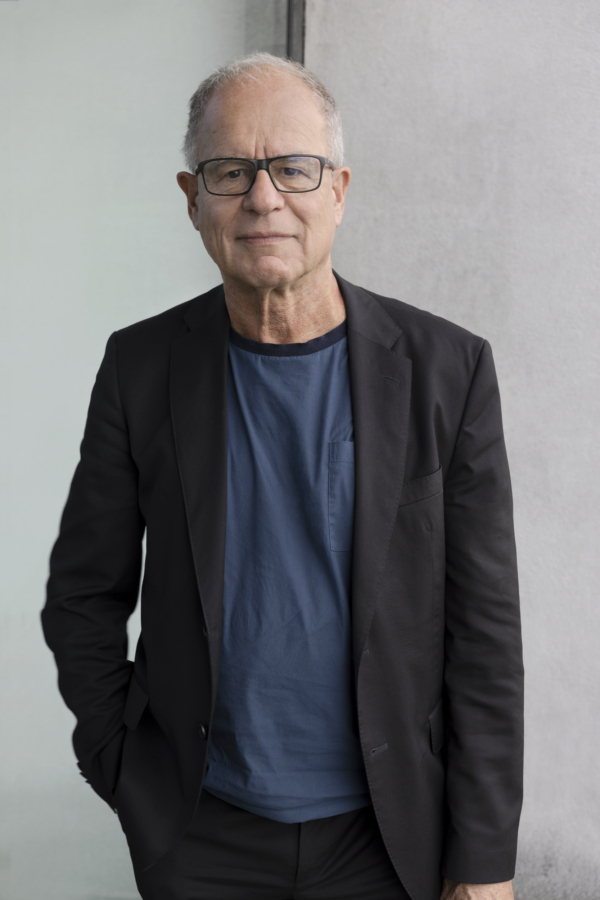 Pierre de Meuron
Pierre de Meuron
Pierre de Meuron studied architecture at the Swiss Federal Institute of Technology Zurich (ETHZ) with Aldo Rossi and Dolf Schnebli from 1970 to 1975. Together with Jacques Herzog, he established Herzog & de Meuron in Basel in 1978. He has been a visiting professor at Harvard University, USA, since 1989, was a professor at ETH Zürich, and was co-founder of ETH Studio Basel, Contemporary City Institute, from 1999 until 2018. Pierre de Meuron and Jacques Herzog were awarded the Pritzker Architecture Prize (2001), the RIBA Royal Gold Medal (UK, 2007), the Praemium Imperiale (Japan, 2007), and the Mies Crown Hall Americas Prize (USA, 2014). In 2015, they co-founded the charitable foundation “Jacques Herzog und Pierre de Meuron Kabinett, Basel.”
Practice Ideology
Herzog & de Meuron is an international architectural practice based in Basel, Switzerland. Since their founding in 1978, they have built a wide range of skills and experience that help them customize solutions for every project. Over 500 highly engaged individuals from 50 countries are all eager to explore how architecture can meet the needs of a rapidly and radically changing world.
Obligations Beyond the Brief: They believe they have no preconceptions, but they do have an obligation to address the issues everyone faces. In over 600 projects in 40 countries, they go beyond the specific brief, beyond the site and its physicality, beyond convention, with an open and impartial approach. They work beyond the usual disciplines, seeking collaborations and solutions with the like-minded, the equally committed, and those who recognize the need to look at the world with a fresh and critical eye.
Public and Political: With this mindset, they have worked on a diversity of tasks, from small, apparently insignificant buildings to larger building complexes through to urban master plans and territorial studies, in the social, cultural, and corporate worlds. They have learned how architecture and urban planning shape the identity of a place. Independent of the nature or size of a project, they seek to foster the public life it could and should generate. All architecture is public, and all architecture is political because it is relevant to life in a community.
Open Dialogue: Rich, open dialogues are critical in defining how projects develop from concept to completion and form the basis of ongoing client relationships. Through teamwork amongst partners, associates, and their project teams, including those in their regional studios, and in exchange with all parties involved, from politicians to craftsmen, they address all perspectives.
Individuals Grow: They are committed to providing professional development at all levels, from apprenticeships to internships to life-long learning opportunities, and they cultivate relationships with universities and other educational and research institutions. They promote the flow of knowledge between project teams through dedicated platforms for exchange and offer training with external organizations. Personal and professional growth is promoted, encouraged, and expected.




